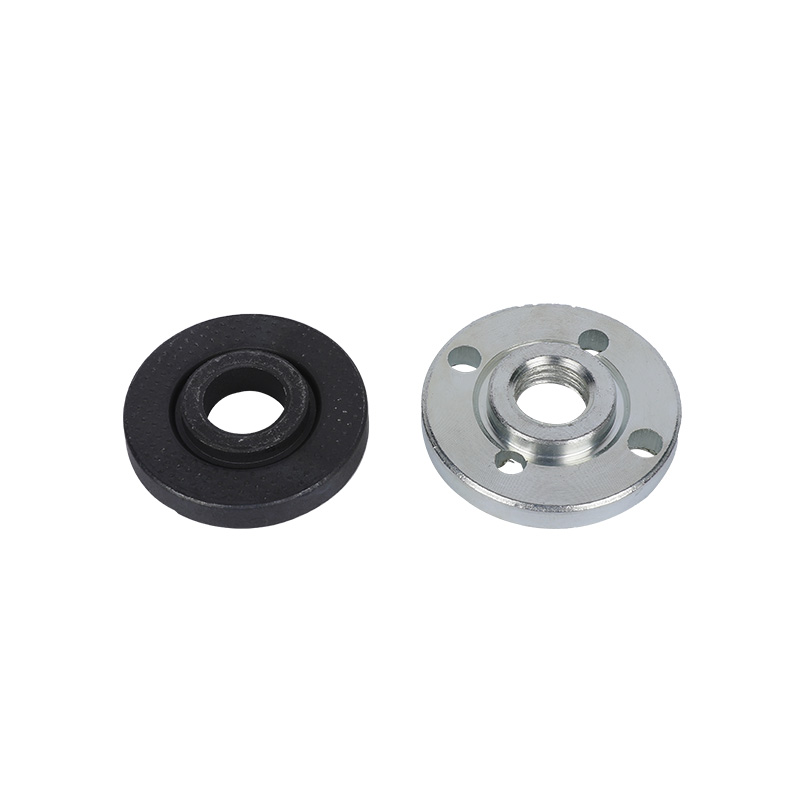- Home
- Products
- About Us
- Application
- News
- Contact Us
Web Menu
- Home
- Products
- About Us
- Application
- News
- Contact Us
Product Search
Exit Menu
What Are Common Signs That an AB Washer Plate Needs Replacement?

An AB washer plate for power tools is a critical component that helps maintain the stability and proper function of the tool’s assembly. Over time, wear and tear on the AB washer plate can affect the performance and safety of the power tool. Recognizing the common signs that an AB washer plate needs replacement can help users avoid damage to the tool and prevent operational issues.
One of the most noticeable signs that an AB washer plate requires replacement is visible wear or deformation. Since the washer plate is subject to constant pressure and friction during tool operation, it can develop cracks, bends, or surface irregularities. Inspecting the plate regularly for any visible damage can help identify when the part is no longer functioning as intended. A warped or cracked AB washer plate may cause misalignment in the tool assembly, leading to reduced performance.
Unusual vibrations or noise during the operation of power tools can also indicate a failing AB washer plate. When the washer plate wears out or becomes damaged, it may no longer provide the necessary cushioning or support between components. This can result in increased vibration or rattling sounds while the tool is in use. Users experiencing such symptoms should check the condition of the AB washer plate as part of their troubleshooting process.
Difficulty in tightening or loosening parts around the washer plate is another common sign. The AB washer plate often plays a role in securing screws, bolts, or other fasteners in power tools. If the washer plate is worn or damaged, it may fail to hold these parts firmly in place, causing them to become loose during operation. This not only affects the tool’s stability but can also pose safety risks. If fasteners repeatedly loosen or fail to maintain tension, inspecting the washer plate is advisable.
Reduced tool performance can sometimes be traced back to issues with the AB washer plate. For example, inconsistent power transmission, slipping parts, or uneven pressure distribution can all be caused by a washer plate that no longer fits correctly or provides proper support. If a power tool’s efficiency decreases unexpectedly, checking the condition of the washer plate may reveal a need for replacement.
Corrosion or rust is another factor that signals replacement for the AB washer plate. Depending on the working environment and maintenance practices, metal parts like washer plates may be exposed to moisture or chemicals. Corrosion weakens the structural integrity of the plate and can cause it to fail prematurely. Regular cleaning and protective measures can extend the life of the washer plate, but visible rust usually means it is time to replace the part.
In addition to physical inspection, following the manufacturer’s recommended maintenance schedule helps determine when to replace the AB washer plate for power tools. Even if no obvious damage is present, parts that have been in use for extended periods should be checked or replaced as a precaution. This proactive approach minimizes the risk of sudden failure during operation.
Common signs that an AB washer plate needs replacement include visible wear or deformation, unusual vibrations or noise, difficulty in securing fasteners, reduced tool performance, and corrosion. Regular inspection and maintenance help identify these issues early, ensuring the power tool remains safe and functional. Replacing the AB washer plate promptly when problems arise contributes to the longevity and reliable operation of power tools.
-
Add: 1st Floor, No. 2, Huanan Road, Zhengcun, Economic Development Zone, Yongkang City, Zhejiang Province, China
-
Tel: +86-0579-87133113
-
E-mail: [email protected]

 English
English русский
русский Español
Español